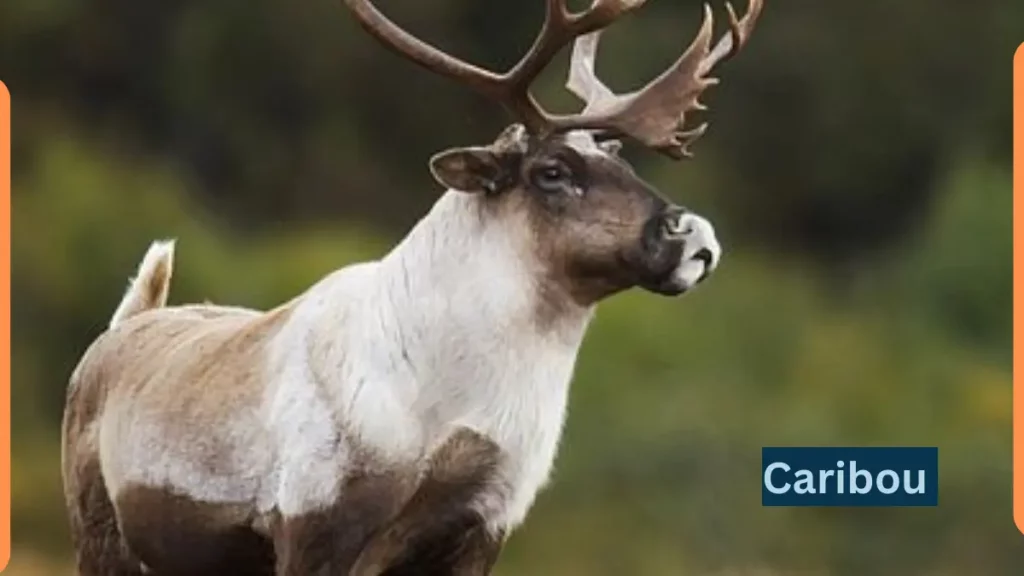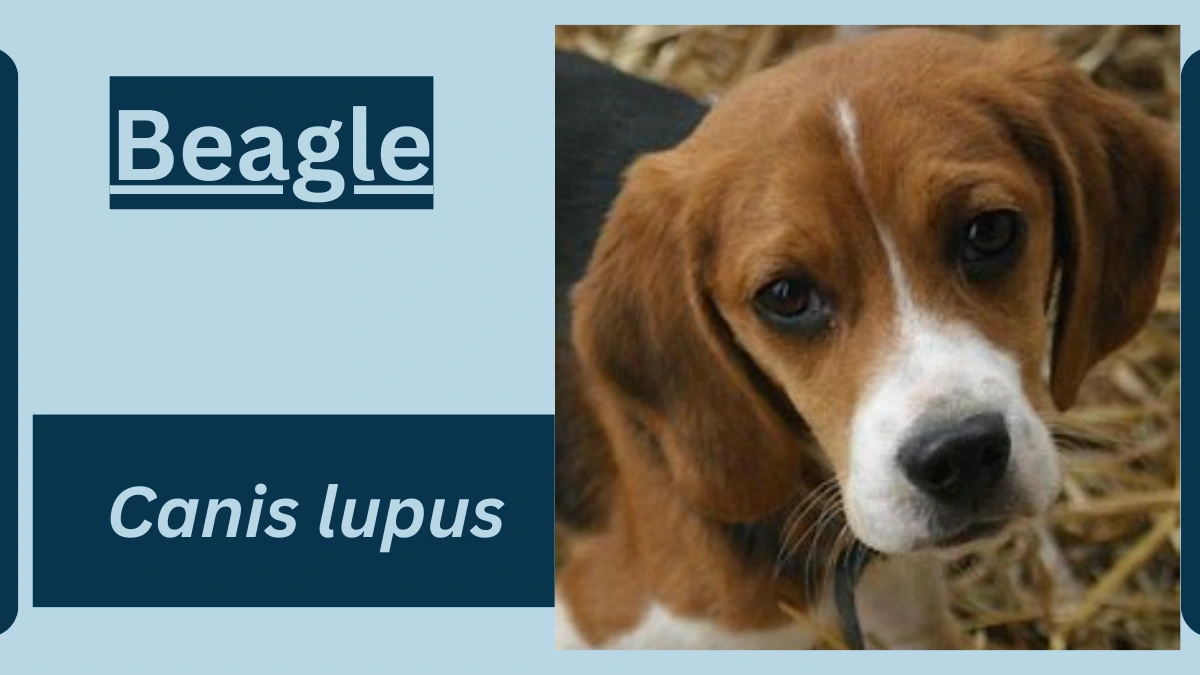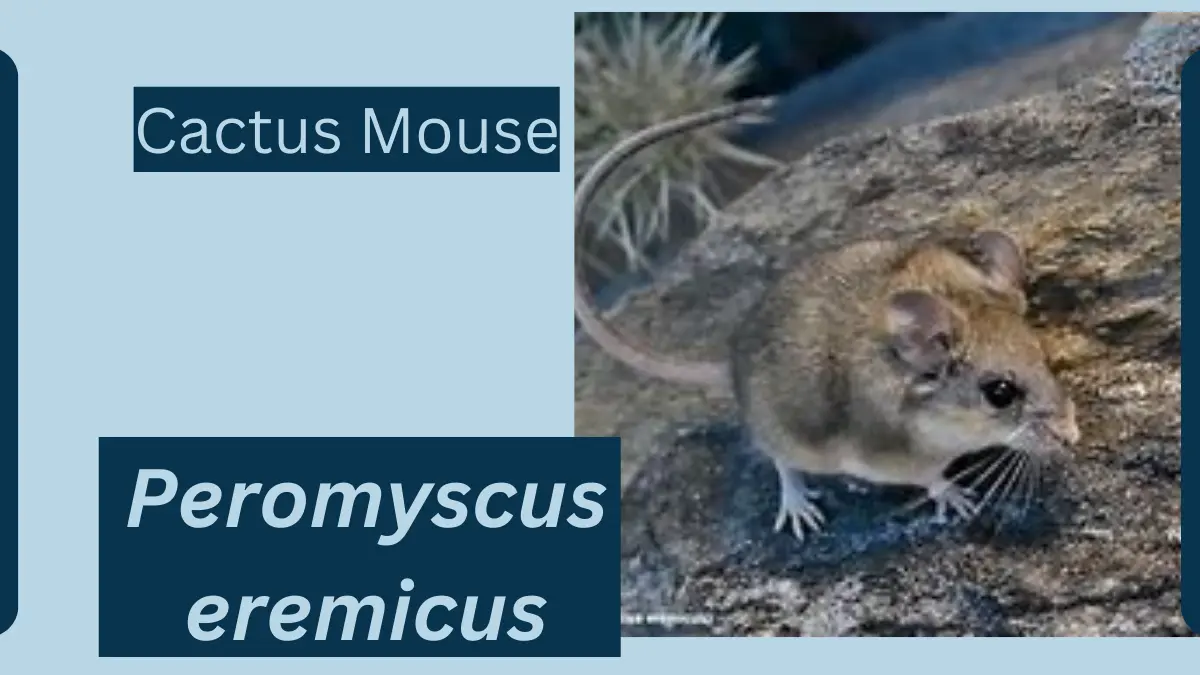Caribou – Classification, Appearance, Habitat, and Facts
October 31, 2023
Caribou, also known as reindeer in Eurasia, are a species of large, migratory herbivores belonging to the deer family. They are known for their wide distribution in the northern regions of North America, Eurasia, and the Arctic.

Caribou
Here’s some facts about caribou:
| Scientific Classification | Kingdom: Animalia |
| Phylum: Chordata | |
| Class: Mammalia | |
| Order: Artiodactyla | |
| Family: Cervidae | |
| Genus: Rangifer | |
| Species: Rangifer tarandus | |
| Distribution and Habitat | Caribou have a circumpolar distribution, inhabiting the northern regions of North America, Eurasia, and the Arctic. They are adapted to a wide range of ecosystems, including tundra, boreal forests, and mountains. |
| Physical Characteristics | Size: Caribou are medium to large-sized deer, with males (bulls) being larger than females (cows). Bulls typically weigh between 350 to 700 pounds (159 to 318 kilograms), while cows are smaller. |
| Antlers: Both males and females grow antlers, which are typically larger in males. The size and shape of antlers vary among subspecies and individuals. | |
| Behavior and Lifestyle | Migratory: Caribou are known for their long-distance migrations in search of food and to avoid harsh winter conditions. These migrations are often among the longest of any terrestrial animal. |
| Social Structure: They live in herds, and their social structure can vary based on the season. In the summer, they form larger groups, while in the winter, they may cluster into smaller herds. | |
| Diet and Feeding Habits | Caribou are herbivores, primarily feeding on a diet of lichens, mosses, grasses, and woody vegetation. Their unique digestive system allows them to extract nutrients from low-quality forage, making them well-suited for their arctic habitats. |
| Reproduction and Life Cycles | Calving: Caribou give birth to a single calf in late spring or early summer. Calves are well-developed at birth and are capable of standing and walking shortly after. |
| Predators and Threats | Caribou face various natural predators, including wolves, bears, and lynx. They are also susceptible to threats from habitat loss, climate change, and diseases. |
| Conservation Status and Life Today | The conservation status of caribou varies among subspecies, but many face declining populations due to habitat fragmentation, climate change, and predation. Efforts are underway to protect and restore caribou populations and their habitats. |
Caribou are iconic animals of the northern wilderness, known for their remarkable adaptations to harsh arctic environments and their impressive long-distance migrations. Their conservation is vital to maintaining the ecological balance of these regions.
File Under:







Leave a Reply